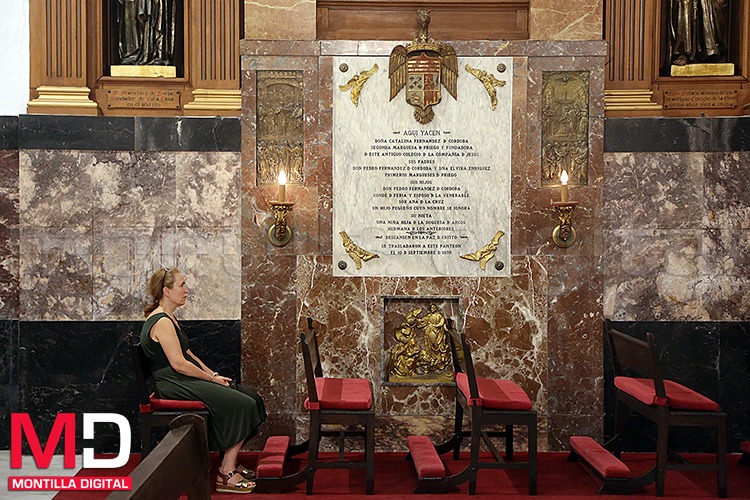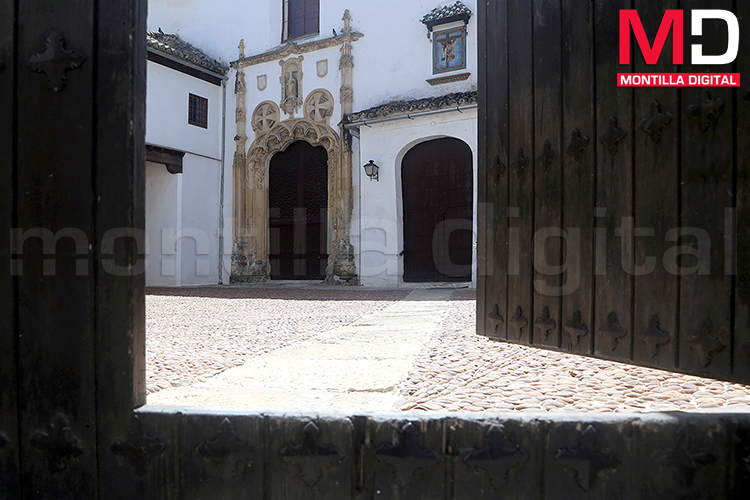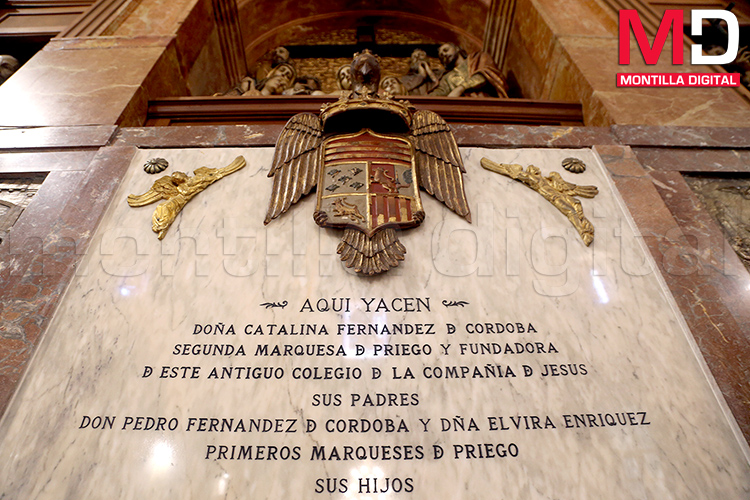On a day like today, but in the year 1552, Pedro Fernández de Córdoba y Figueroa, from Montilla, one of the most influential figures in the court of Carlos V, breathed his last breath. prestigious County of Feria, received the Golden Fleece, one of the oldest chivalric orders in Europe, whose current Grand Master is King Felipe VI.
Born in Montilla on August 5, 1519, Pedro Fernández de Córdoba y Figueroa was the son of Lorenzo Suárez de Figueroa, who became Mayor of Córdoba in the first third of the 16th century, and Catalina Fernández de Córdoba, second Marchioness of Córdoba. Priego and lady of Aguilar de la Frontera.
According to Juan M. Valencia Rodríguez, doctor in Modern History and member of the Republican Athenaeum of Andalusia, Pedro Fernández de Córdoba spent most of his childhood in Montilla, thus contravening what his father had recommended regarding raising children in Extremadura. .
In December 1533, when he was barely fourteen years old, Carlos I of Spain and V of the Holy Roman Empire appointed him tutelage, in accordance with the custom of the time, and following the family tradition of services to the Crown, he accompanied the emperor in the attempt occupation of Algiers, which failed after a storm destroyed most of the Navy ships, which had sailed from the Balearic Islands.
On his 22nd birthday, the fourth Count of Feria married the very young Ana Ponce de León by proxy, a marriage that, as Elena Bellido, director of the Manuel Ruiz Luque Library Foundation, points out, “aroused great expectation among the aristocracy of the time”, given that their direct descendants were called to inherit the vast territorial domains that made up the states of the Marquisate of Priego and the Duchy of Feria.
Born in the Sevillian town of Marchena on May 3, 1527, Ana Ponce de León was the daughter of the Dukes of Arcos. However, the premature death of her husband, on August 27, 1552, jeopardized the premeditated marriage strategy, since her eldest son also died as a child, leaving a young daughter, Catalina, as a continuator of the lineage, to whom the dukedom de Feria denied her hereditary rights over Extremaduran possessions because she was a woman.
Indeed, the marriage between Pedro Fernández de Córdoba and Ana Ponce de León conceived two children: Catalina, who was born in Zafra in 1547, and Lorenzo, who saw the light on August 25, 1548 in Constantina, although he died as soon as he received the baptismal waters.
“Catalina could not inherit the State of Fair, of exclusive agnatic succession, in which her uncle Gómez succeeded. She, by decision of her grandmother, became the third Marchioness of Priego, since in the Andalusian house the women”, explains Professor Valencia.
“Faced with such a complex family scenario, Ana Ponce de León, who was 25 years old when she became a widow, decided to devote herself to spirituality, encouraged by her confessor and adviser, teacher Juan de Ávila,” says Elena Bellido, who recalls that in the At the time of her death, on April 26, 1601, Sister Ana de la Cruz Ponce de León “already enjoyed a recognized virtue and holiness that were cemented during the more than 45 years she lived in the convent of Santa Clara”.
A few years earlier, Pedro Fernández de Córdoba had definitely won over the sympathy of Emperor Charles V after his courageous participation in the campaign against the Duke of Clèves, Francis I of France, and the League of Smalkalda. “The chronicles that narrate the taking of the city highlight the behavior of the Count of Feria, brave, noble and chivalrous with the vanquished”, relates Juan M. Valencia.
As a result of his heroic behavior, on the Day of the Epiphany of the Lord in 1545 he was awarded the Golden Fleece, which Archduke Maximilian of Austria would also receive at the twenty-first Chapter of the Order, held in Utrecht; Fernando Alvarez de Toledo y Pimentel, The Grand Duke of Alba; Cosimo I de’ Medici, future Grand Duke of Tuscany; as well as Octavio Farnese, the Duke of Parma.
Despite his enormous prestige, his delicate state of health – which would lead him to his grave on August 27, 1552, when he had just turned 33 – prevented him from accepting his appointment as Prince Felipe’s majordomo mayordomo and, later, his designation as Viceroy of Navarre in 1548.
In a “fine and courteous” manner, according to the poet and musician Gregorio Silvestre, Pedro Fernández de Córdoba “inherited from his father his love of letters and knowledge” and, as Juan M. Valencia Rodríguez details, “he welcomed, as so many noblemen of his time, the ideas of Erasmus of Rotterdam”, making his house “a small literary court”.
In 1550, and during his retirement in Extremadura, Pedro Fernández de Córdoba contracted tercianas, a variety of malarial fever in which fever attacks appear every 48 hours, so that the Count of Feria would spend the last three years of his life prostrated in a bed. “He moved to Priego in search of better health, but it was all in vain, because two years later he demanded his death,” concludes Professor Valencia.
Since September 10, 1970, his mortal remains have been kept in a pantheon located next to the tabernacle of the Pontifical Minor Basilica of San Juan de Ávila, under the imposing heraldic shield of the House of Aguilar or Priego, where the bones of much of his family.
JP BELLIDO / EDITORIAL
PHOTOGRAPHS: JOSE ANTONIO AGUILAR



